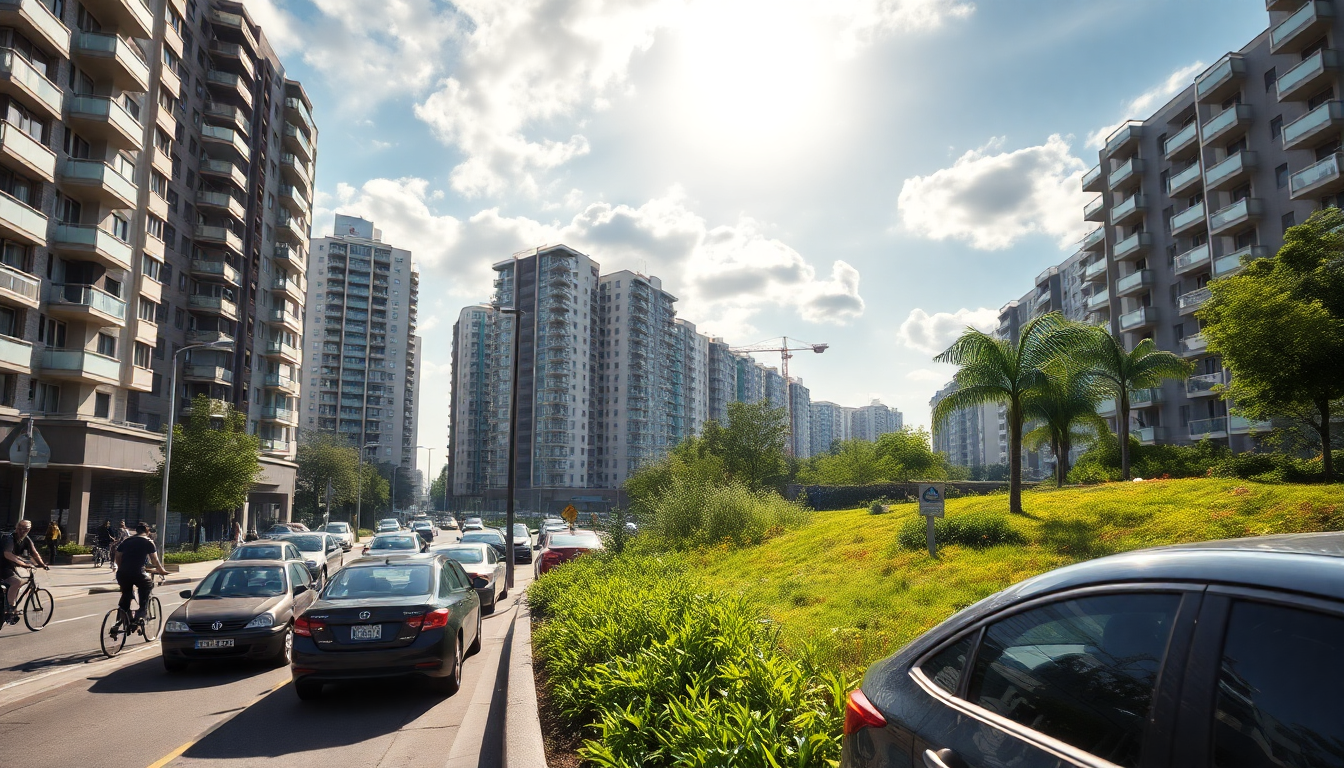Table of Contents
Urban planning plays a crucial role in shaping the day-to-day experiences of city residents. Recent discussions surrounding community challenges highlight the hurdles urban planners face and how these issues directly impact citizens. From parking chaos to social media debates, the complexities of modern urban living are more apparent than ever. In this article, we’ll take a closer look at the current landscape of urban planning, examining how policy decisions affect communities and what this means for our society as a whole.
The complexities of urban parking policies
Parking has turned into a hot-button issue in many cities, especially as local governments push for more bike-friendly initiatives. While the intention behind reducing car usage is commendable, it often leads to frustration among drivers. Local news reports have even highlighted instances of parking-related violence, raising eyebrows. Many residents feel that city planners are putting bike lanes ahead of the safety and convenience of parked vehicles. This shift not only complicates parking availability but also begs the question: are there sufficient public transportation options to make up for it?
As planners add more bike lanes, the reality is that drivers sometimes find themselves parked precariously in the middle of the road. This raises a critical concern: do city officials really grasp the challenges everyday drivers face, or are they detached from the realities of urban commuting? These policies might suggest a disconnect between city governance and the needs of its residents.
The rise of social media controversies
Social media has become a battleground for outrage and discussion about societal issues. Recent posts have brought to light an alarming uptick in anti-Semitic sentiments and other forms of hate speech. This raises significant questions about how effective social media is as a tool for connection versus division. Why do some injustices gain widespread attention while others, such as the plight of the Uyghurs or the ongoing conflicts in Ukraine, seem to fade into the background?
This selective outrage can hinder genuine social awareness and highlights the need for a broader conversation about global issues. It’s essential for individuals to look beyond their immediate concerns and recognize various forms of injustice. Acknowledging these different challenges is key to fostering a more equitable society.
Community violence and social responsibility
Another urgent issue we can’t ignore is the unsettling rise in violence within urban areas, especially against vulnerable populations. Reports detailing horrific acts against children and families stir a collective urgency for action. So, how can we tackle the root causes of this violence while ensuring community safety?
Many advocates suggest a two-pronged approach: first, enforcing stricter measures to prevent repeat offenses, and second, investing in mental health and substance abuse treatment programs. These initiatives aim to heal rather than punish, offering support to those grappling with significant challenges. Additionally, fostering a culture of accountability and compassion within communities could discourage violence and create a safer environment for everyone.
Reflections on cultural icons and their impact
Amid these pressing societal issues, the passing of cultural icons, like Ozzy Osbourne, serves as a poignant reminder of the power of community and shared experiences. These figures often unite us through their contributions to art and culture. Celebrating their lives and legacies can offer solace during tough times, reinforcing the idea that culture profoundly influences community cohesion.
As we navigate the complexities of urban life, staying engaged with both local and global issues is vital. Understanding how urban planning, social dynamics, and cultural influences intertwine can empower residents to advocate for meaningful change and cultivate a resilient community spirit.


